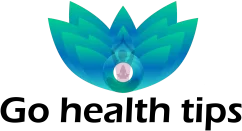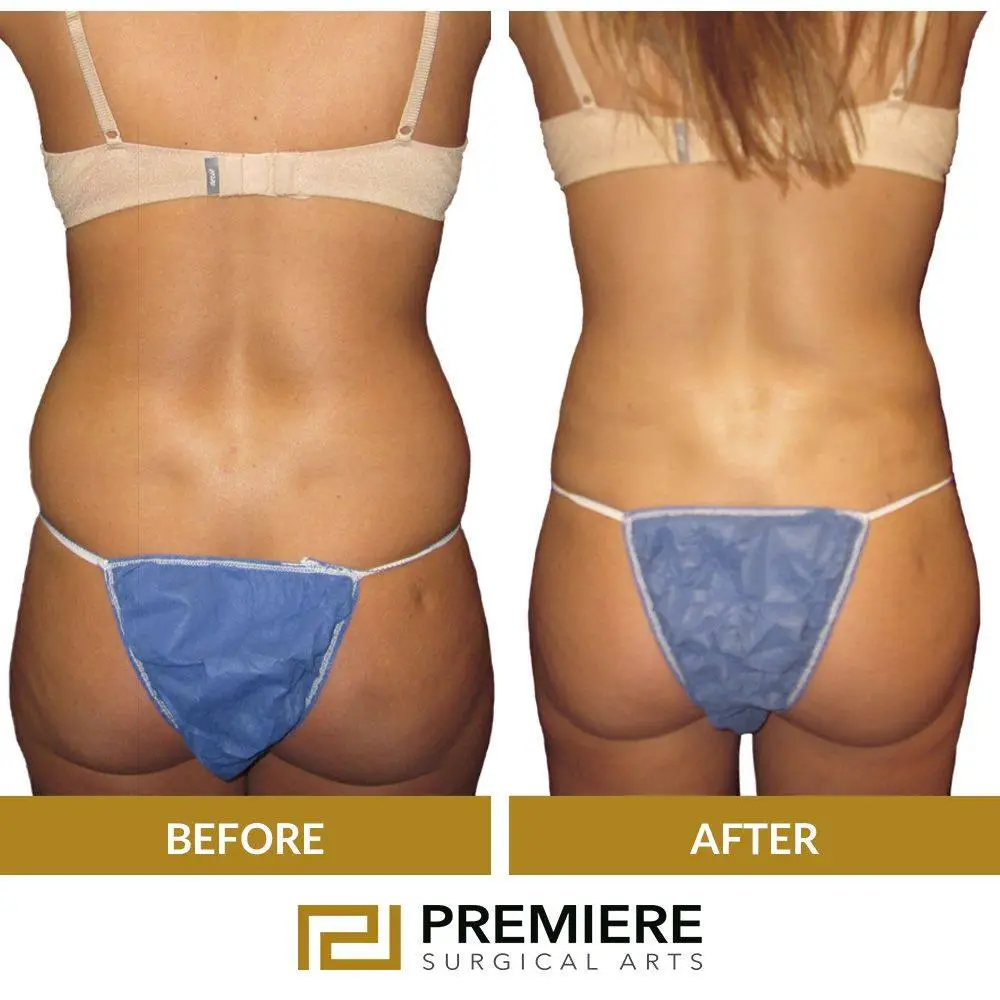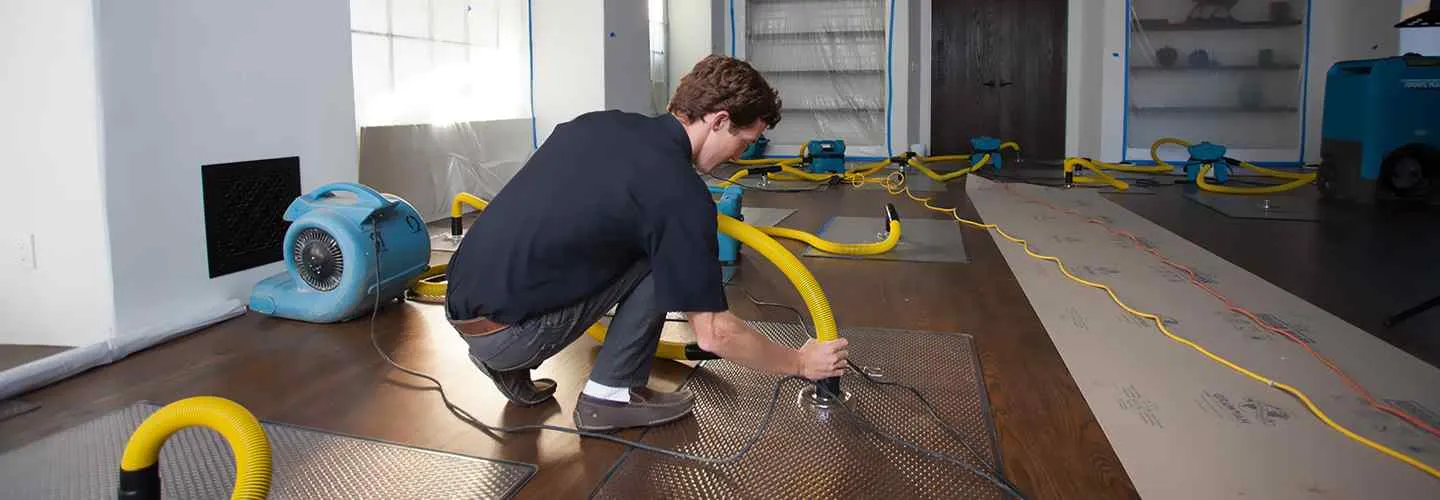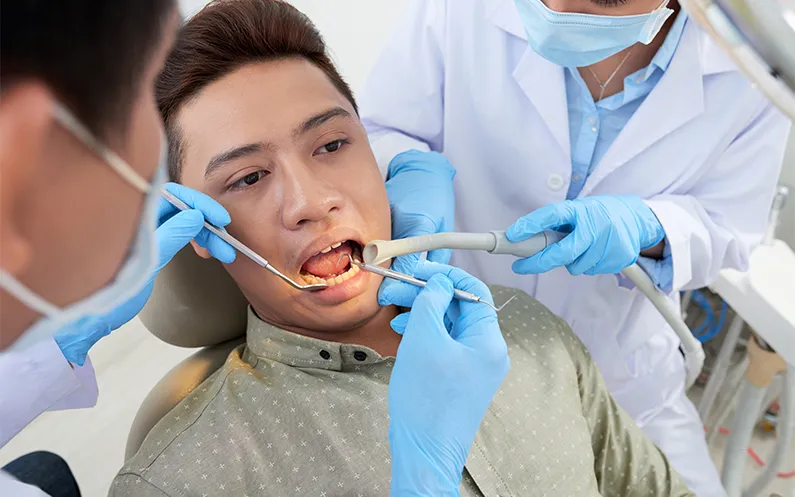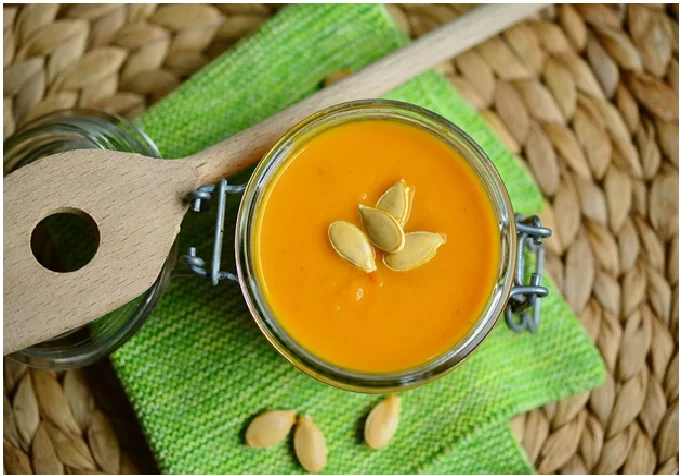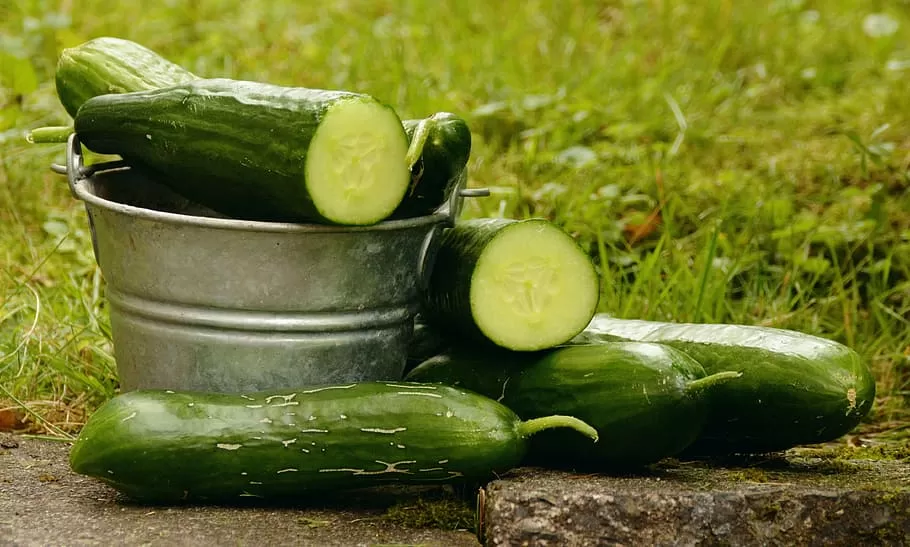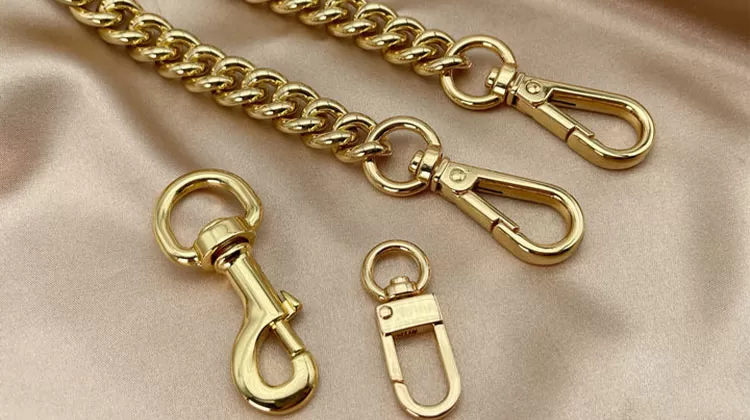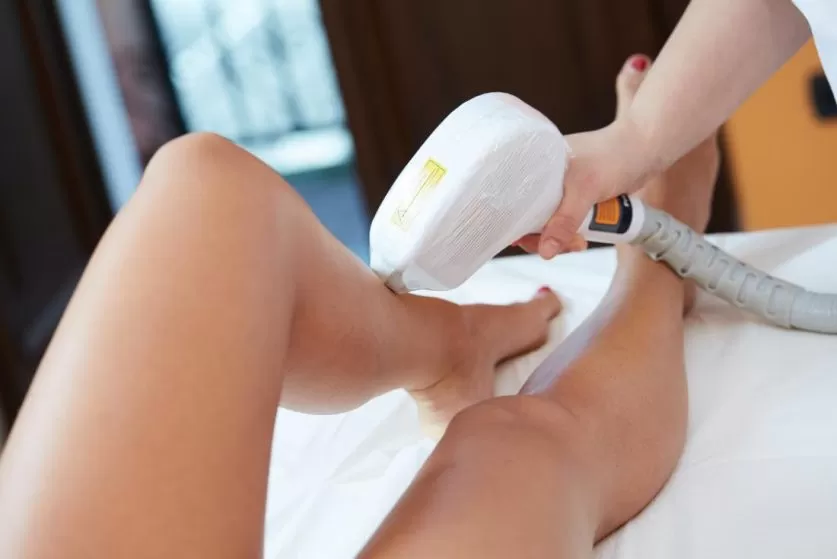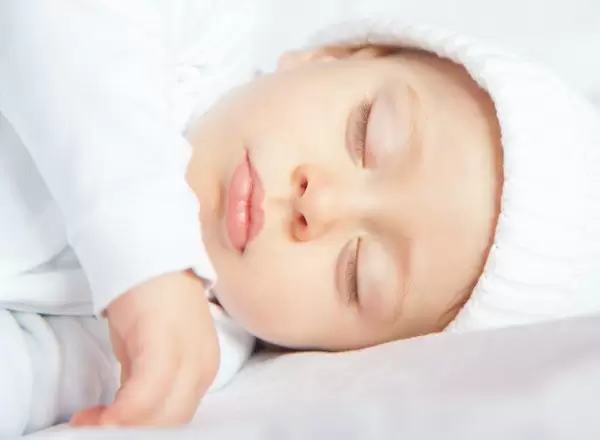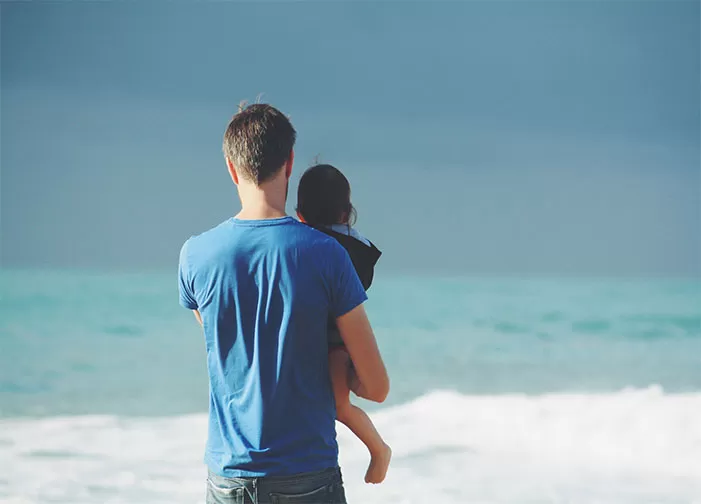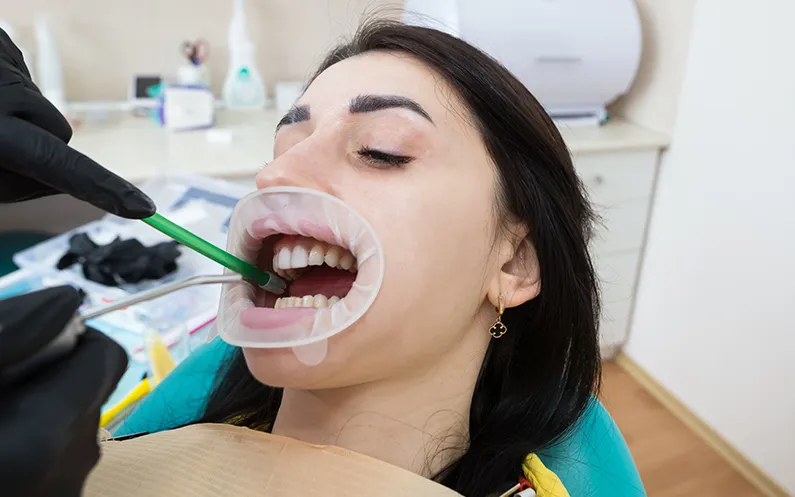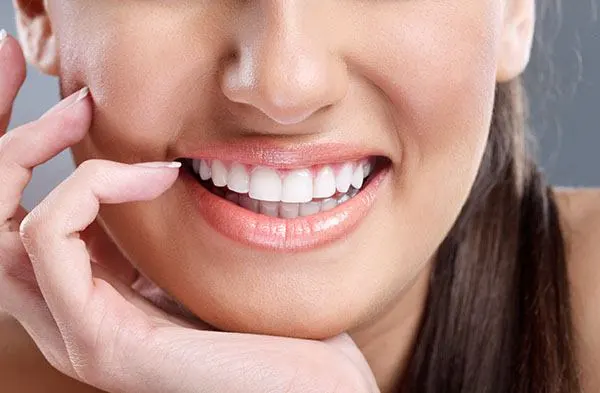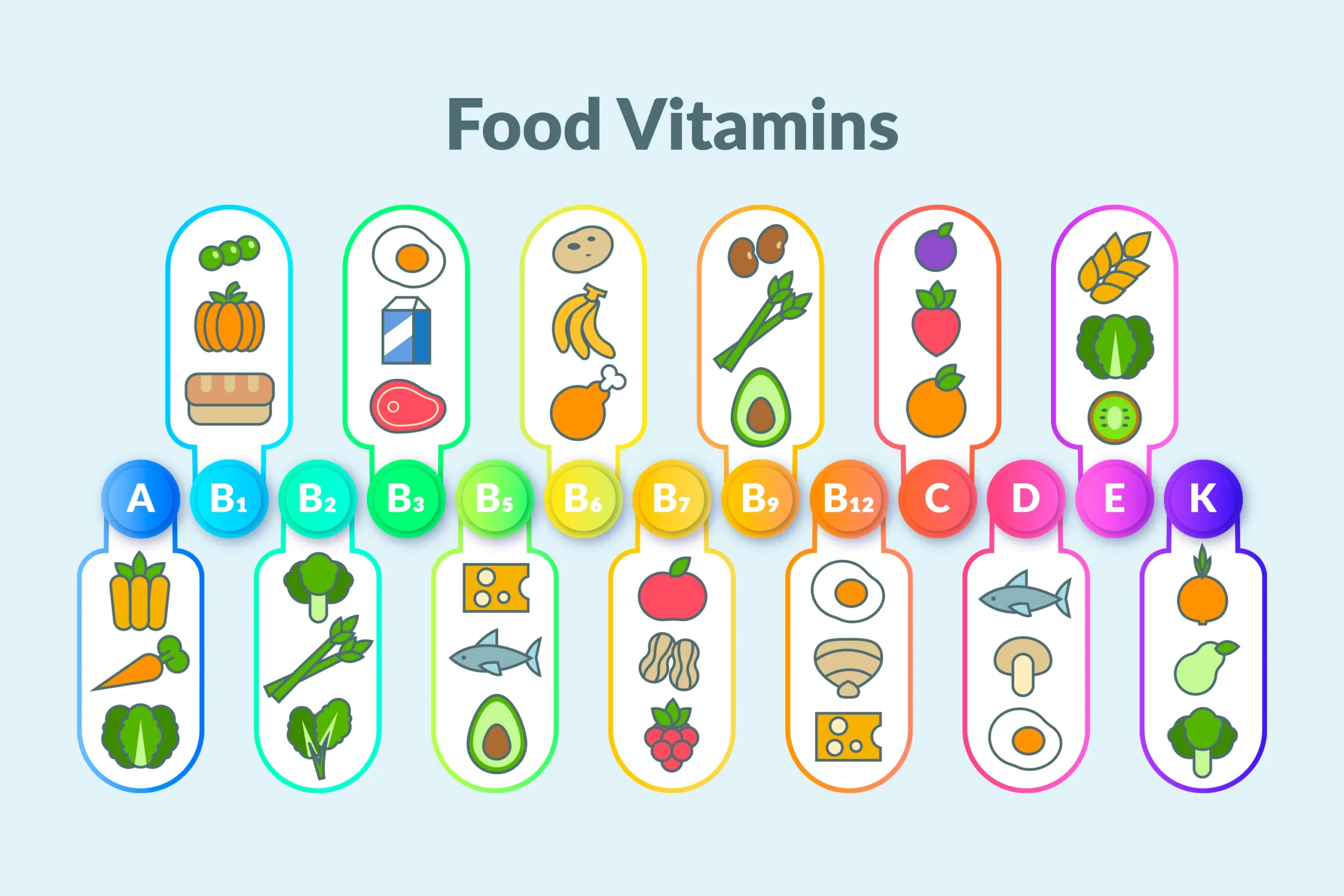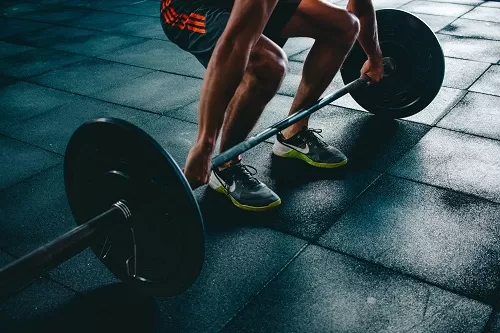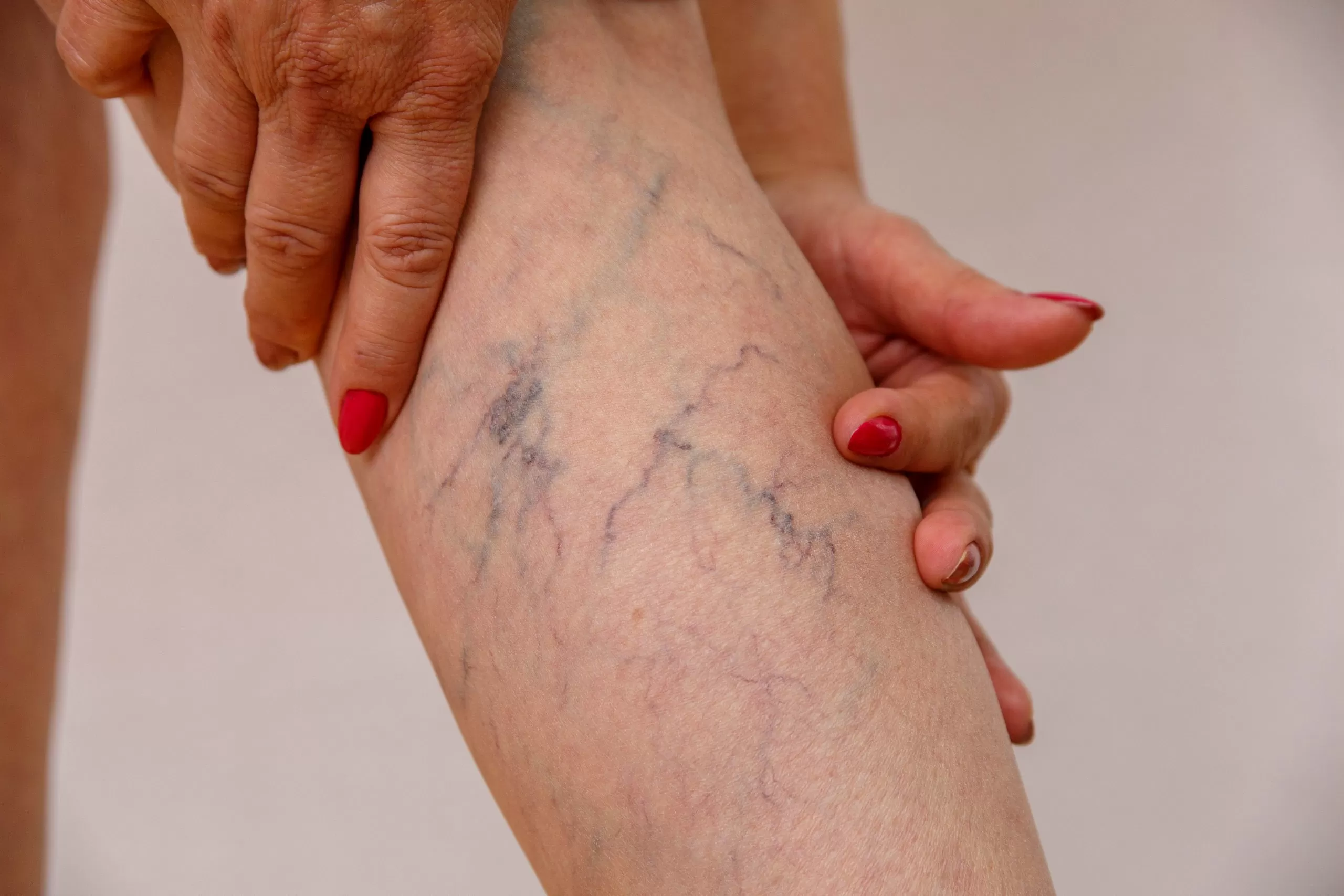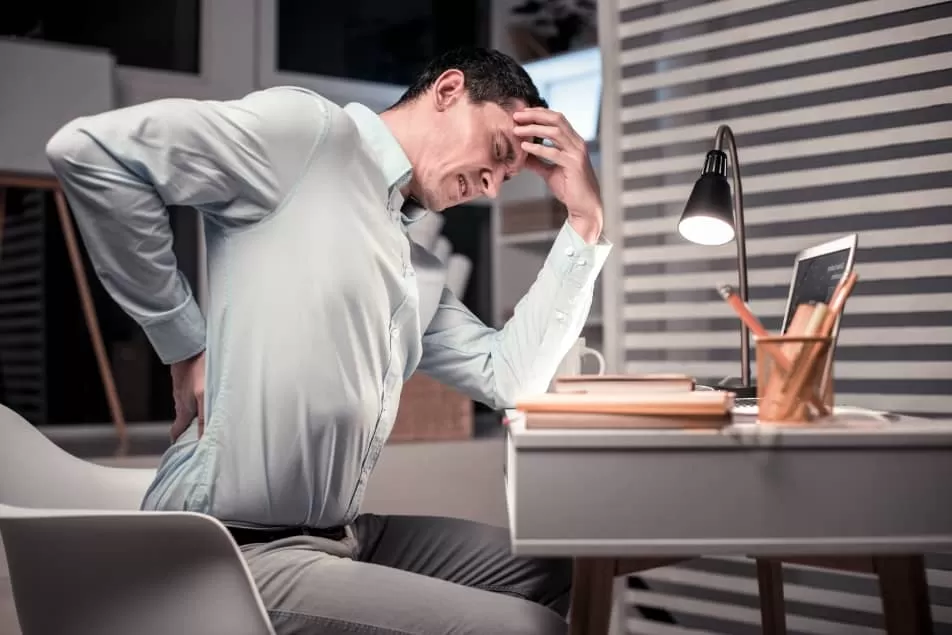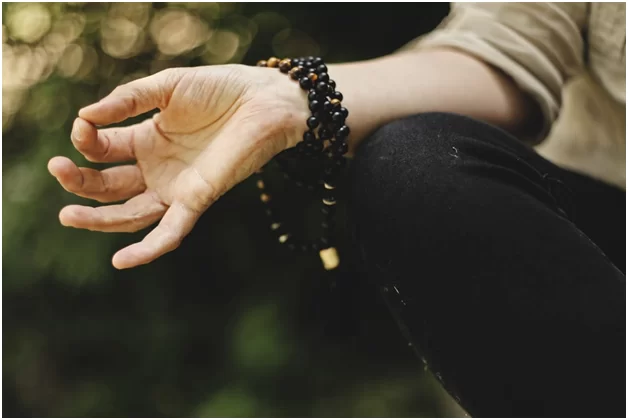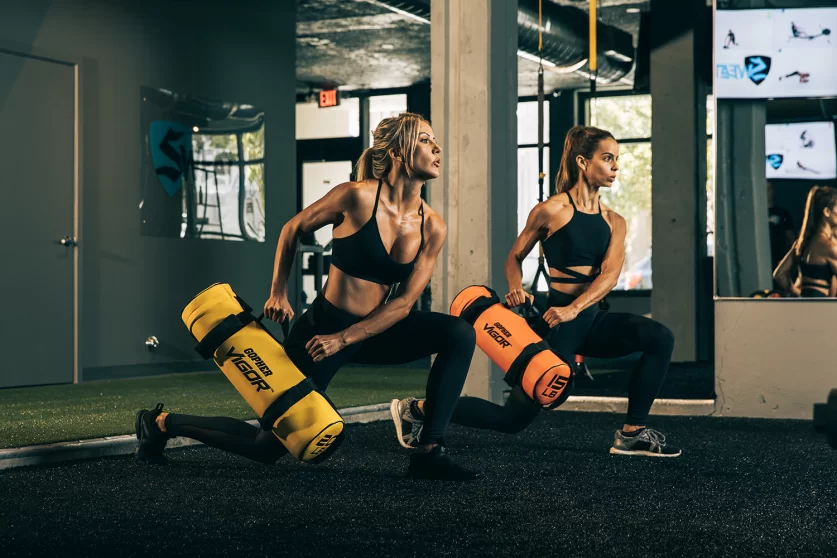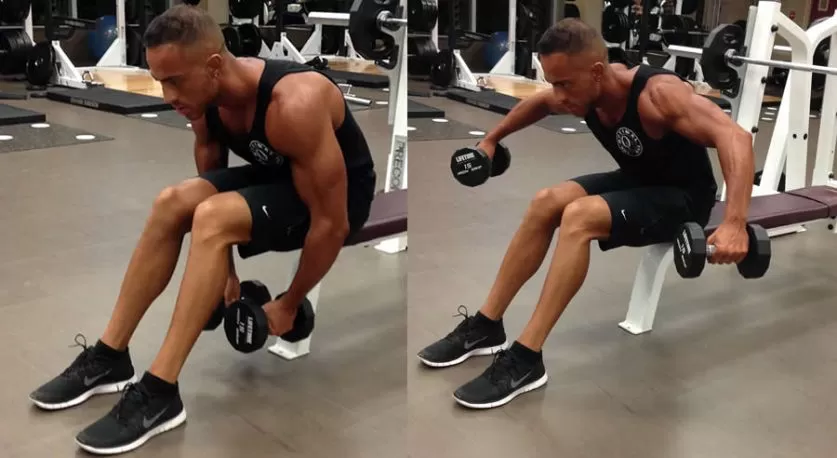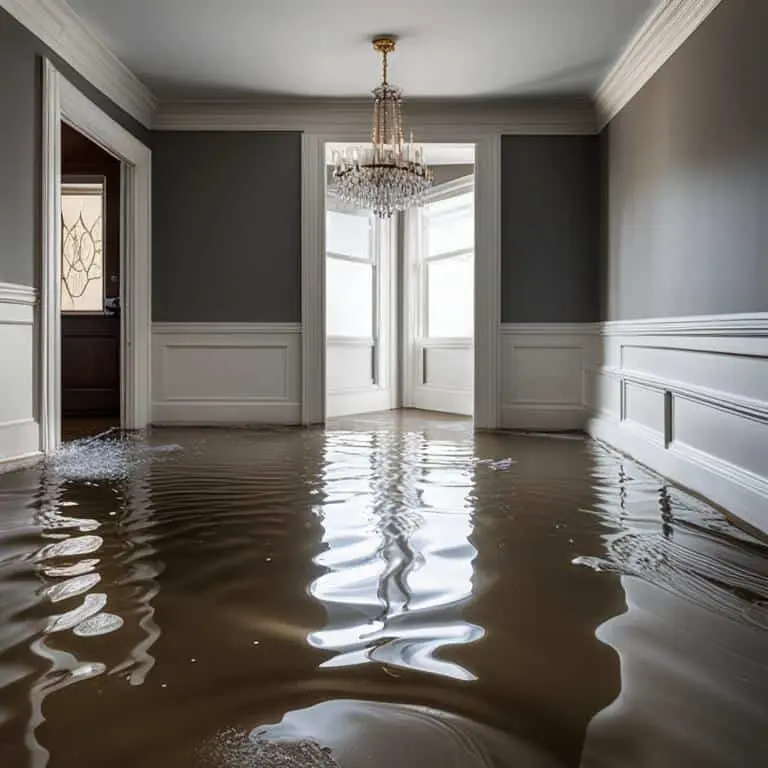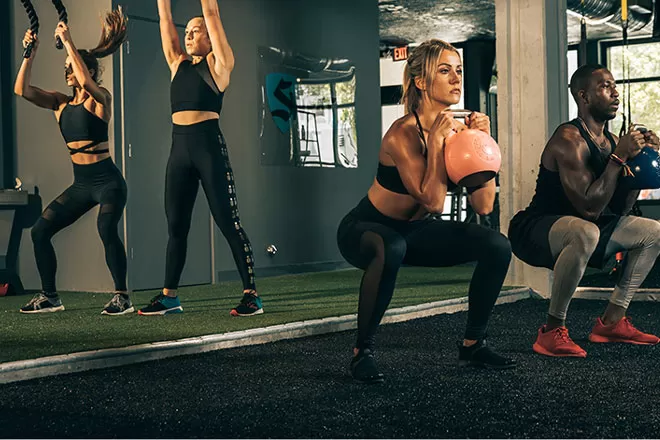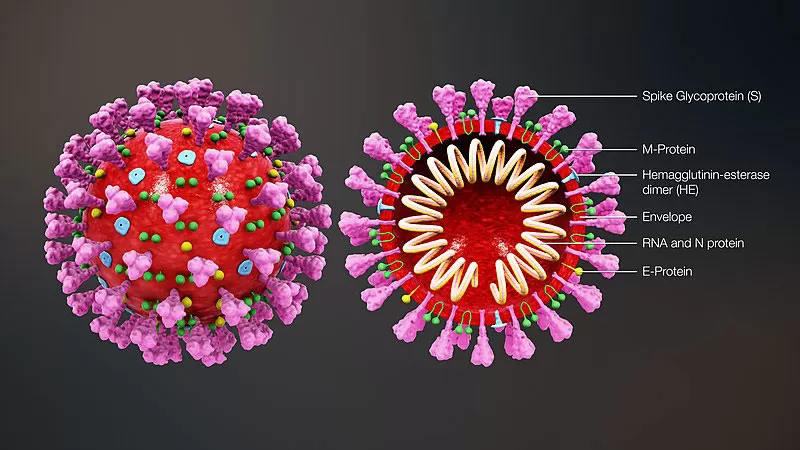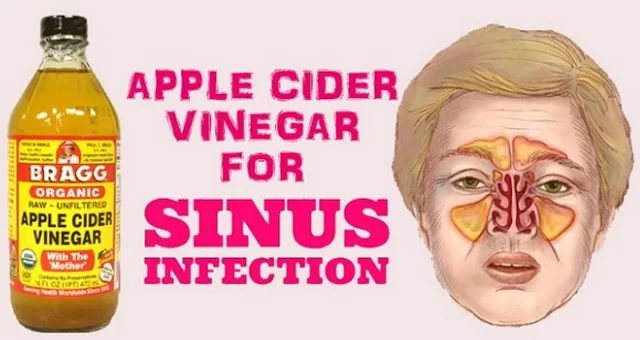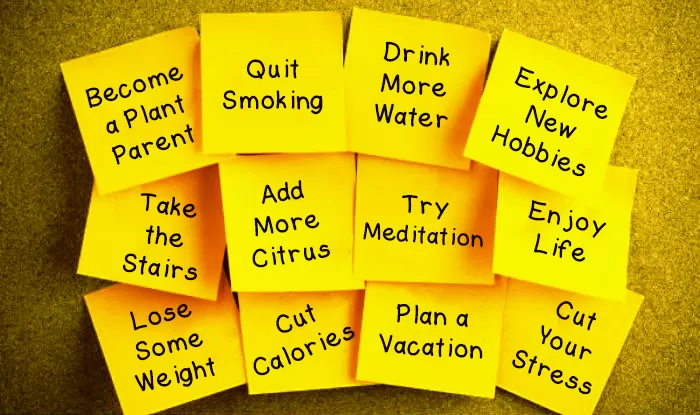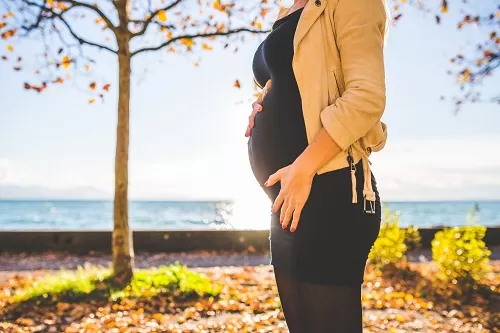What Are the Best Methods for Water Cleanup?
Water damage can strike at any time, leaving property owners scrambling for solutions. Whether caused by floods, plumbing failures, or leaks, water damage cleanup requires immediate attention to prevent further structural and health issues. In Vancouver, where rainfall is frequent, effective water cleanup methods are essential to protect homes and businesses from long-term damage.
Assessing the Extent of Water Damage
Before beginning the water cleanup process, it is crucial to assess the extent of the damage. Inspect the affected area to determine how much water has accumulated, identify the source of the problem, and classify the type of water involved. There are three main categories of water damage:
- Clean Water – Comes from broken pipes or rainwater. It poses no immediate health risks.
- Grey Water – Contains contaminants from appliances, such as dishwashers or washing machines.
- Black Water – Includes sewage or floodwater, which is highly hazardous and requires professional handling.
Understanding the type of water involved helps determine the best cleanup approach and necessary safety precautions.
Rapid Water Extraction Techniques
Quick removal of standing water is the first step in effective water cleanup Vancouver homeowners can trust. The longer water remains, the more extensive the damage becomes. The most effective methods include:
- Using Submersible Pumps – Ideal for large volumes of water, submersible pumps can remove standing water quickly.
- Wet/Dry Vacuums – Suitable for minor water accumulation, wet/dry vacuums efficiently extract water from carpets and floors.
- Manual Removal – In cases of small spills, mops and buckets can help eliminate excess water.
Removing standing water promptly helps prevent mold growth and structural deterioration.
Drying and Dehumidification
After water removal, the drying process is crucial in water damage cleanup. Excess moisture can seep into walls, flooring, and furniture, causing mold and weakening structures. Effective drying methods include:
- High-Powered Fans and Air Movers – These promote air circulation, speeding up the drying process.
- Dehumidifiers – Reduce excess moisture in the air, preventing mold growth.
- Heat Drying – Using heaters to accelerate evaporation in enclosed spaces.
Proper drying prevents secondary damage and ensures a successful water cleanup.
Disinfecting and Cleaning the Affected Areas
Water damage cleanup is not complete without thorough sanitization. Bacteria and mold thrive in damp conditions, making it vital to disinfect affected surfaces. Recommended cleaning methods include:
- Applying Antimicrobial Treatments – These kill bacteria and mold spores, reducing health risks.
- Steam Cleaning Carpets and Upholstery – Hot steam eliminates bacteria and odors trapped in fabrics.
- Wiping Surfaces with Disinfectant Solutions – Prevents the spread of harmful microorganisms.
A thorough cleaning process ensures a safe and healthy living environment post-water damage.
Restoring and Repairing Damaged Structures
Water damage often leads to structural issues that require repairs. Depending on the severity, restoration may involve:
- Replacing Drywall – Water-damaged drywall weakens and may require complete replacement.
- Repairing or Replacing Flooring – Wood, laminate, and carpeted floors may need repairs or full replacement.
- Inspecting Electrical Systems – Water exposure can damage wiring, requiring professional inspection and repairs.
Proper restoration ensures that the property remains safe and structurally sound.
Preventing Future Water Damage
Preventive measures are essential to reduce the risk of future water damage. Key steps include:
- Regular Plumbing Inspections – Detecting leaks early prevents extensive damage.
- Proper Drainage Systems – Ensuring gutters and downspouts function correctly helps direct water away from the property.
- Waterproofing Basements and Crawl Spaces – Applying sealants can prevent water intrusion.
- Installing Sump Pumps – These help remove excess water during heavy rains or flooding.
Taking preventive actions minimizes the likelihood of repeated water damage incidents.
Hiring Professional Water Cleanup Vancouver Services
While DIY methods can be effective for minor water damage, severe cases require professional expertise. Hiring a water cleanup Vancouver specialist ensures thorough assessment, advanced water removal techniques, and proper restoration. Professionals use industrial-grade equipment, such as thermal imaging cameras and moisture meters, to detect hidden moisture and prevent long-term issues.
Conclusion
Effective water cleanup is crucial for maintaining a safe and healthy home or business. From rapid water extraction and drying to disinfecting and repairing damaged structures, each step plays a vital role in successful water damage cleanup. By implementing preventive measures and seeking professional help when necessary, property owners can minimize water damage risks and protect their investments. If you need reliable water cleanup Vancouver services, acting quickly ensures the best results and prevents further complications.
